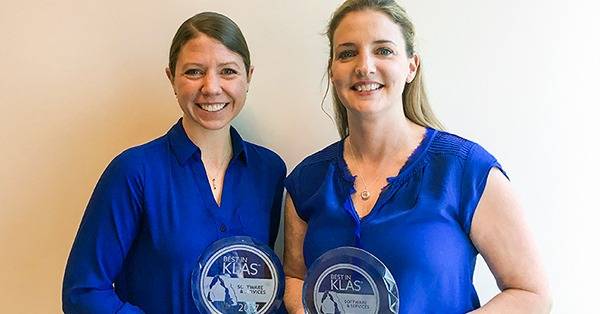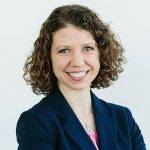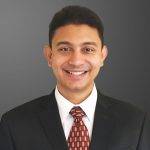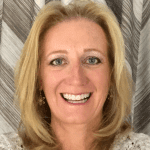- Solutions
- Solutions
- Home Health
- Hospice
- Life Plan Community
- Palliative Care
- Private Duty
- Senior Living
- Skilled Nursing
- Skilled Nursing
- Skilled Nursing Software
- Advanced Insights
- Customer relationship management
- Data and analytics
- Financial & operations management
- Marketing
- Nutrition management
- Referral management
- Regulatory compliance
- Retail management
- Resident engagement
- Revenue cycle management
- Skilled nursing interoperability
- Partners
- Blogs
- Resources
- About
- User Conference

How technology can boost efficiency
The combination of the pandemic and a seismic shift in staffing availability have upended the out-of-hospital care industry. And with these changes comes stress—for clinicians, administrative staff, residents, and families. One key to handling that stress is to find ways to work more efficiently.
Providers are increasingly turning to technology to help deliver care more quickly and easily. Here are examples of how technology can boost efficiency from three perspectives: a new caregiver or agency staff member; a charge nurse or supervisor; and a director of nursing or health and wellness director/manager.
New caregiver or agency staff
For a new caregiver or agency staff to be effective, they must be able to assess their residents quickly. They need to know everyone’s baseline status, who needs care first, and they need fast and easy access to your organization’s protocols and procedures to stay compliant.
Technology can help in all of these instances. Software that uses machine learning to gather resident data into a dashboard can immediately connect the dots and show which residents have had a change from their baseline status. Caregivers can be instantly aware of out-of-range readings or changes in condition that indicate an increased risk of falling or infection. The easy-to-read dashboard shows new or temporary staff exactly where they need to focus first and helps them deliver appropriate care quickly.
Machine learning technology can also pull data from different areas of a resident’s chart to give the nurse or caregiver a complete story. In addition, EHRs can offer guidance and real-time alerts for further actions, and help increase compliance and documentation completeness. All of these factors help improve the quality of care and outcomes.
Nursing supervisor
A supervisor must take a broad look at all clinical work in your facility. From scheduling to care plans to balancing staff, they need technology that helps them quickly assess and make decisions to meet resident and staffing needs.
In many instances today, charge nurses or supervisors run reports and manually analyze data to see which units have more high acuity residents and whether those residents have changes in condition that need attention. But newer technology tools can handle that task more quickly and accurately. This makes it easier for supervisors to balance staff by adding extra support to monitor residents during a night shift or to help residents get ready for their day.
Having resident data consolidated in one dashboard also lets the charge nurse see a comprehensive picture of a resident’s help quickly, which leads to faster orders for labs, x-rays, or other tests, and the ability to quickly put care plans in place.
Director of nursing, health and wellness director, or manager
These organization leaders are always looking for ways to improve outcomes by focusing on trends, compliance, and process improvements. The right technology can deliver the insights they need to track data and take action. For example, tracking resident acuity allows leaders to ensure adequate staffing and can guide the placement or movement of residents as we saw frequently during the COVID pandemic.
An EHR that gathers data into clear reports can also help DONs, health and wellness directors, and managers in meetings with facility leaders who need to monitor hospital readmissions, infection rates, vaccination status, and other trends that need to be addressed at a facility-wide level. This kind of reporting can indicate whether additional in-service training is needed, and conversely, can highlight which actions are improving outcomes and should be adopted across the entire organization.
In addition, a robust technology lets leaders dive deeply into data. By looking at factors such as the time of day incidents occur, resident length of stay, wound data, payors, or diagnoses, leaders can see which actions improve outcomes or where interventions can be adopted across the organization. This, in turn, can begin a cycle of improved reimbursement, higher quality scores, and more referrals from providers.
Technology can also gather data to help leaders analyze reimbursement with data on payment velocity, cash flow, and compare managed care payors across different facilities—or even different states. This delivers timely insights the billing staff can use to optimize reimbursement and cash flow, negotiate reimbursement rates with payors, and help ensure the organization’s overall financial health.
Technology can boost efficiency in your entire organization
New tools like machine learning can give your staff the details they need that can help your whole organization do more with less. By giving your staff more time to spend with the residents they care for, technology can reduce stress and pave the way for improved outcomes and increased staff satisfaction.
Request a demo today for a closer look at MatrixCare.
See what MatrixCare can do for you
MatrixCare
MatrixCare provides an extensive range of software solutions and services purpose-built for out-of-hospital care settings. As the multiyear winner of the Best in KLAS award for Long-Term Care Software and Home Health and Hospice EMR, MatrixCare is trusted by thousands of facility-based and home-based care organizations to improve provider efficiencies and promote a better quality of life for the people they serve. As an industry leader in interoperability, MatrixCare helps providers connect and collaborate across the care continuum to optimize outcomes and successfully manage risk in out-of-hospital care delivery.
MatrixCare is a wholly-owned subsidiary of ResMed (NYSE: RMD, ASX: RMD). To learn more, visit matrixcare.com and follow @MatrixCare on X
Related Posts
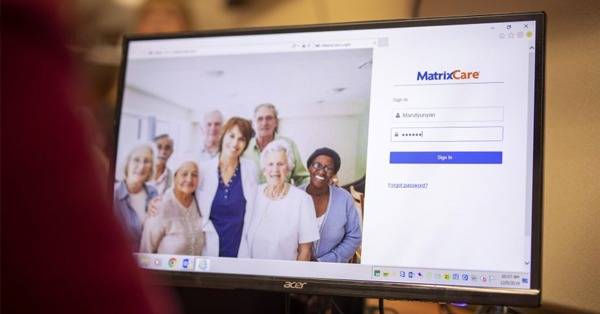
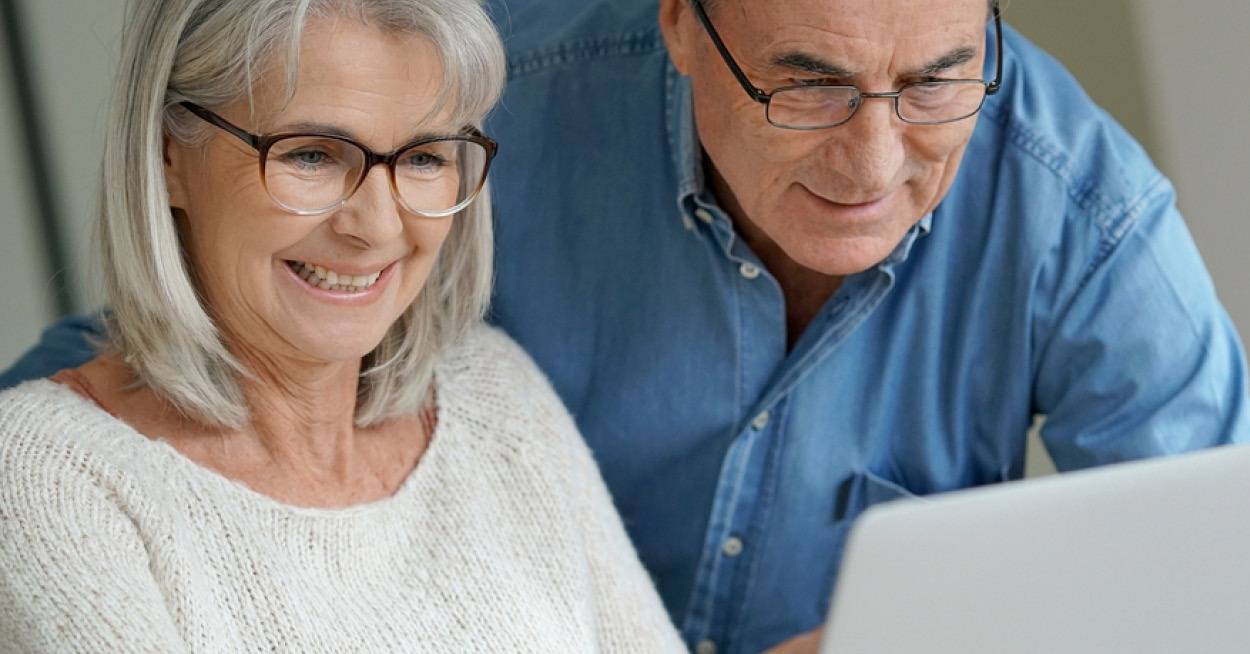

See MatrixCare in action
Start by having a call with one of our experts to see our platform in action.
MatrixCare offers industry-leading software solutions. Thousands of facility-based and home-based care organizations trust us to help them improve efficiency and provide exceptional care.
© 2026 MatrixCare is a registered trademark of MatrixCare. All rights reserved.


